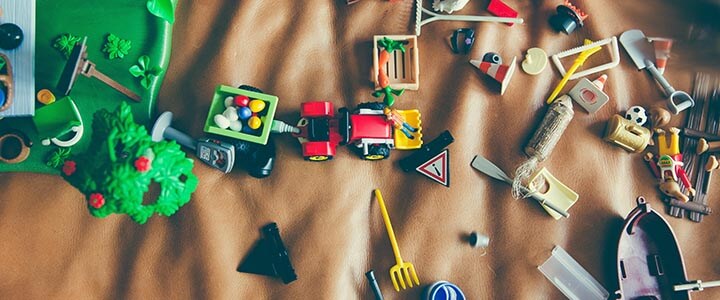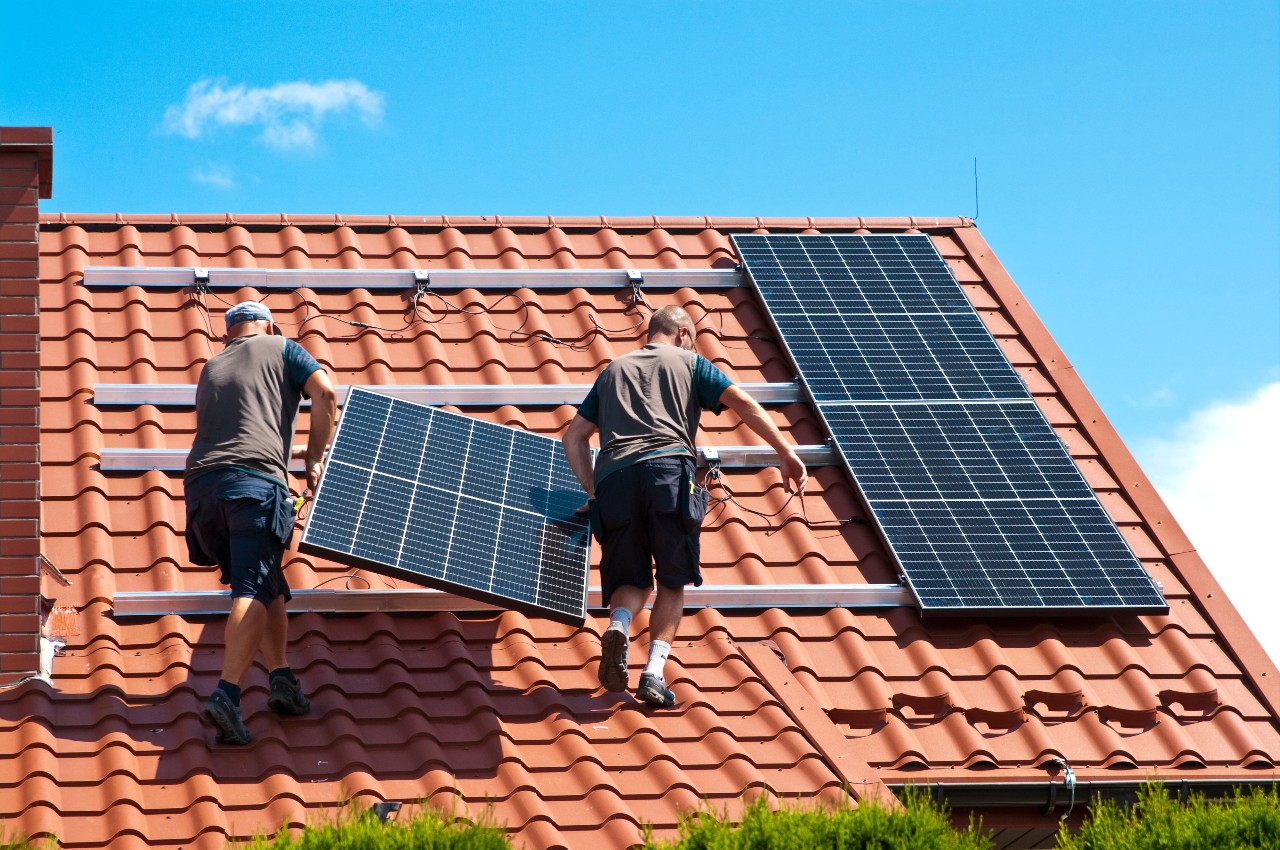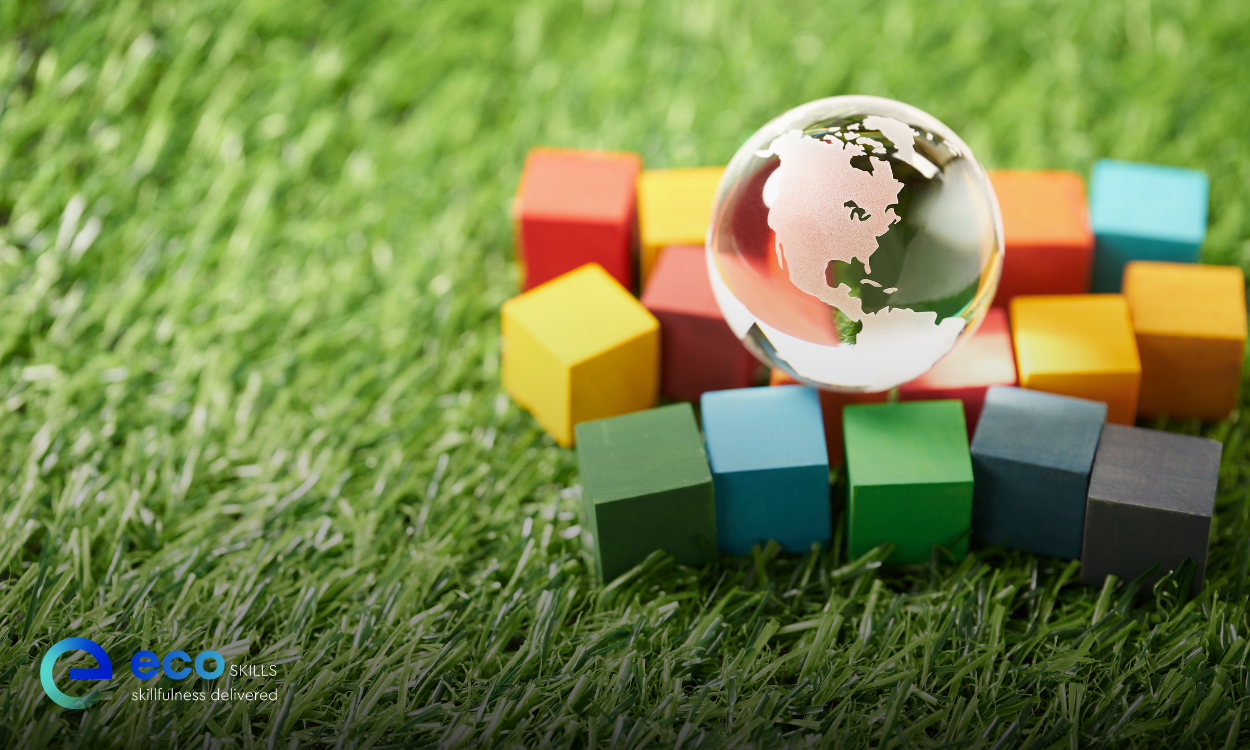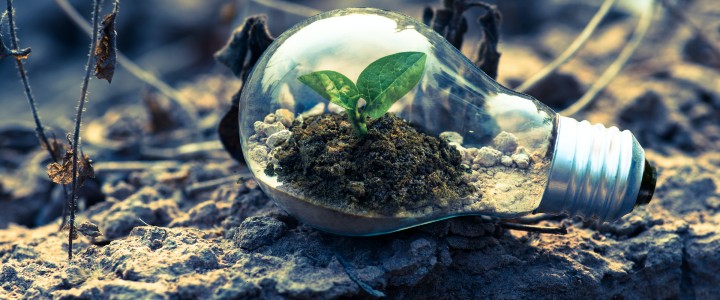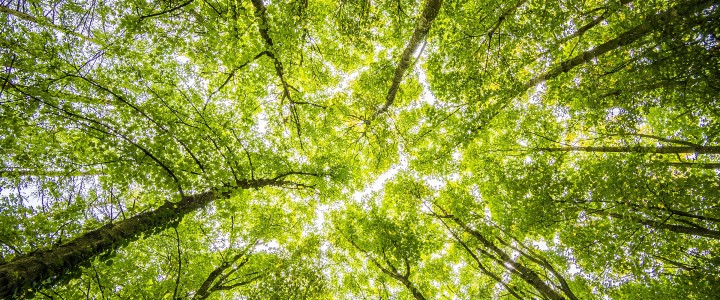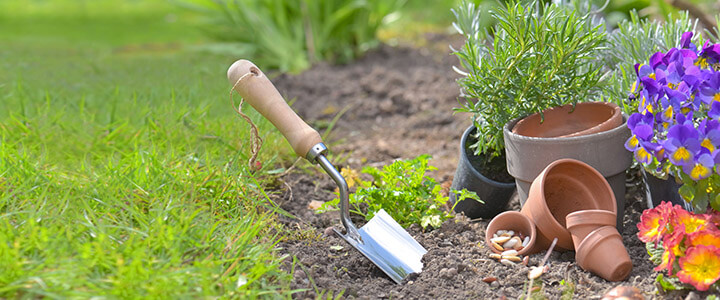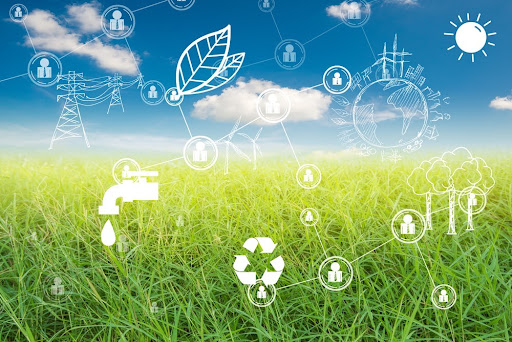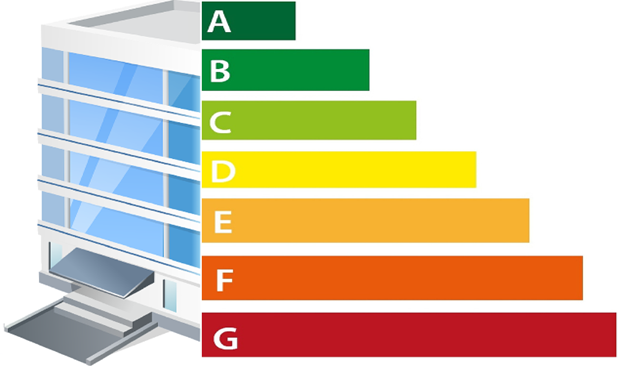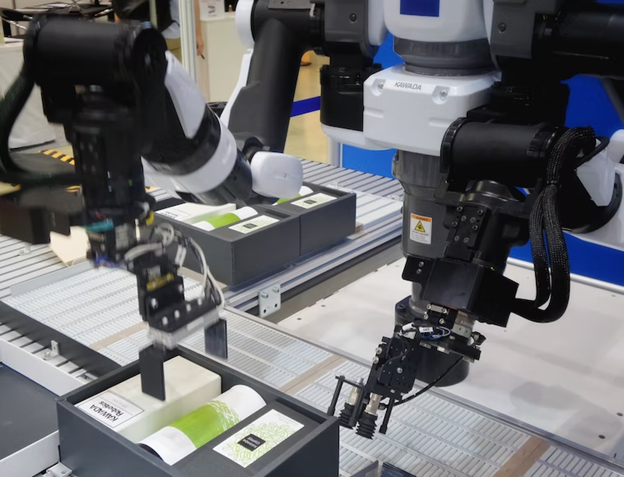Plastic toys: The effect on humans and the environment
Over the years, there have been many cases of news breaking about plastic toys and their containment of toxins. In addition to the harmful ingredients that can be found in the plastic, we also have to take into account the effect of the environment that plastic usage has.
The internet is flooding with ways to reduce your plastic usage and people are more aware of the need to cut down on this. Still, it’s difficult to change behaviours and somehow parents easily end up with a great amount of plastic toys at home. This happens partly because you receive gifts from friends and family, and partly because kids prefer bright coloured plastic toys more than bland, wooden ones.
But what is really the danger with plastic toys? Are they all really that bad for my kids and the environment? We’ll straighten it out down below so you don’t have to think about it!
Are there really toxins in plastic toys?
The answer is, of course, that it depends. Not all toys contain toxins, but they can be found in some cases. Toys that have toxins in them are hazardous to children mainly because of their tendency to swallow and chew on the toys, which can result in the toxins being absorbed by the body When it comes to young children, even the smallest amounts of toxins can affect their health.
The toxins can either be found in the plastic itself or they can be included in the pigments used to colour toys and make them more attractive to children.
Although there are EU regulations for which toxins may or may not be included in toys, there are products that can slip through the cracks. Plastic toys may, for example, be made of, or contain, polyvinyl chloride (PVC), which contains lead and cadmium — both toxins that are harmful to children.
The CE-mark is supposed to be a sign of quality and that the toys have gone through and followed the rigorous EU standards for toys. The EU notes, though, that this marking should only be seen as an indication, as it has been misused due to counterfeiting.
To be sure that your plastic toys do not contain toxins, we urge you to follow these guidelines:
Buy toys from trustworthy shops (both online and in physical stores)
Carefully read the warnings and instructions before buying
Regularly check the EU Safety Gate for recalls and withdrawals of toys
Are plastic toys harming the environment?
As goes for all plastic, plastic toys are made using fossil fuels, and therefore the production of them contributes to the environmental crisis at hand. Therefore, it would be a good idea to minimise the buying of new plastic toys.
Environmentalists have raised awareness around the fact that plastic toys are a big part of the plastic that ends up in landfills and oceans, which adds to the ongoing issue of plastic pollution. According to a survey done by the British Heart Foundation, 1 in 3 parents admits to having thrown away toys in working conditions. Considering that 90 percent of toys are in some way made of plastic, that quickly adds up to a lot of plastic waste.
In conclusion, yes plastic toys are damaging to the environment. Even though they have a longer life cycle than single-use plastic, they will at some point end up in a landfill — or worse in the sea as non-recyclable waste. But how can we stop this issue?
- Buy sustainable and non-plastic toys If you do want to buy new toys, try to aim for toys made from more sustainable materials. There are plenty of retailers that focus on environmentally-friendly toys. For example on smaller e-commerce sites like Frida & Fritiof that focus on providing non-toxic and eco-labelled toys.
- Buy second-hand toys If you do want to buy plastic toys, try to minimise the environmental impact by buying them second-hand. There are plenty of charity shops where you can buy toys, but if that is not for you, you can use a site like Ebay or any other online marketplace to find second-hand toys. Be aware, though, when buying second-hand toys that security standards might have been updated since they were produced, so double check that they are up to today’s standards.
- Donate used toys and recycle properly if possible Don’t add to the problem by throwing away functionable toys just because your kids have outgrown them. Try to either sell them, give them away to family, or donate them. If they are broken, try your best to recycle what you can before throwing them away.

